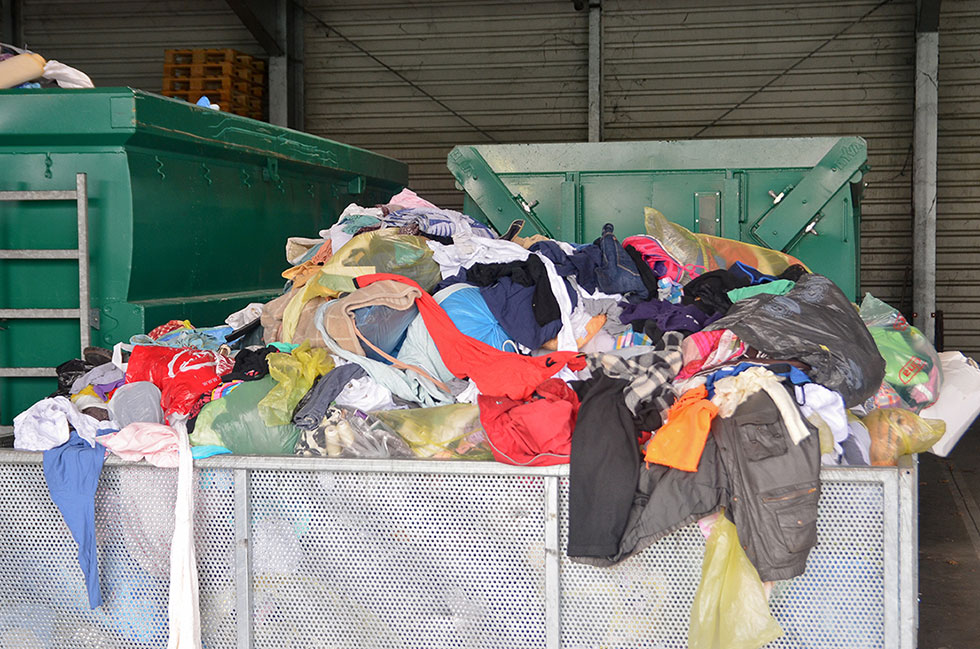Plastics App Spring Newsletter 2023
As the spring season approaches, we are delighted to send our warmest greetings to all those who are celebrating the Passover, Ramadan, and Easter holidays.
This is a time of reflection and renewal, and in this issue of our newsletter, we have curated some insightful articles and updates that we hope will inspire and inform you.

During the first quarter of 2023, one of our long-lasting projects came to fruition, as we successfully introduced pioneering material for FGF 3D printing. This innovative material is set to revolutionize a challenging area within the automotive industry, making it a lightweight, sustainable, large-scale, additive manufacturing process.
What is FGF?
Pellet-based 3D printing, also referred to as fused granulate fabrication (FGF) technology, is an innovative solution that expands the possibilities of additive manufacturing in the production of large, structural parts, using “standard” pelletized materials and becoming increasingly popular in the automotive, aerospace, and construction industries.
This technology involves using a special printer that can handle regular pellets without the need to make a special filament or powder. We utilize our expertise in engineered compounds to create novel materials suitable for complex, functional objects.
FGF 3D printing technology provides material flexibility, as it is possible to quickly produce parts of various shapes and sizes without needing expensive tooling, filaments, or powders. This allows manufacturers to rapidly prototype and test new materials and designs, enabling faster product development cycles which ultimately leads to better-performing parts.
FGF 3D printing is an exciting technology that is transforming the industry, enabling more flexible and cost-effective production of high-quality parts using countless material opportunities. This allows us to easily compound your “dreams” and print them.


From the beginning of 2023, we have seen some amazing results in our lab for a special process and material compositions that we are developing for TextRe, to help one of the most polluting industries in the world – fashion.
The rise of “fast fashion” has contributed to thousands of tons of textile waste, which causes massive environmental pollution, greenhouse gas emissions, and it keeps growing.
However, there is hope on the horizon, as an Israeli startup, TextRe, is developing with us a special technology that can give these discarded textiles a revival as sustainable, useful and functional materials that will be used in different industries, and will replace expensive high carbon foot print materials. By repurposing existing textile waste, we can reduce the need for new resources such as water, energy, and raw materials.
This circular-economy strategy reduces waste and conserves resources, likely playing an increasingly important role in the future as we strive for more sustainable and responsible production and consumption practices.
We’ll keep you updated as new developments arise.

Image courtesy of Hyundai Motor Group Cradle website
For obvious reasons, we seldom discuss our clients in the automotive sector; however, we are thrilled to announce that we have teamed up with ZERO1NE, a Hyundai Motor startup accelerator, to generate fresh value by developing new advanced composite materials.
For as long as we can recall, we have been deeply involved in the future developments of the automotive industry. Our focus extends across various aspects of the industry, from lightweight and cutting-edge fuel cell membranes to sustainability and smart materials for passenger compartments, and even to large-scale, FGF printed structural parts. With our customers, we create joint research and development teams dedicated to enhancing these aspects and are committed to contributing to industry growth.
We hope you found our newsletter informative and enjoyable, and we look forward to bringing you more exciting content in the future.
preparation of test specimens with relevance to the final application. Also serves a role in the processabilty evaluation and defining processing parameters of the final product.
Injection molding of samples from elastomers to high temperature materials into a temperature regulated mold. Filament production, from hundreds of grams to hundreds of kgs and printing samples for evaluation of print quality, parameters definition, and material properties. Blown film of a lab-scale bubble, to evaluate film quality and performance
Twin screw extrusion of multiple samples for evaluation of composition (loading level %), processing parameters (Temp, RPM, Throughput), add-on sequence
(Main, Side, Liquid Inj) etc….
Capable of feeding pellets, powders, liquids, recycled materials and much more… Controlling the residance time, degree of mixing, and other process parameters Flexible down stream of water or air cooling for water sensitive materials